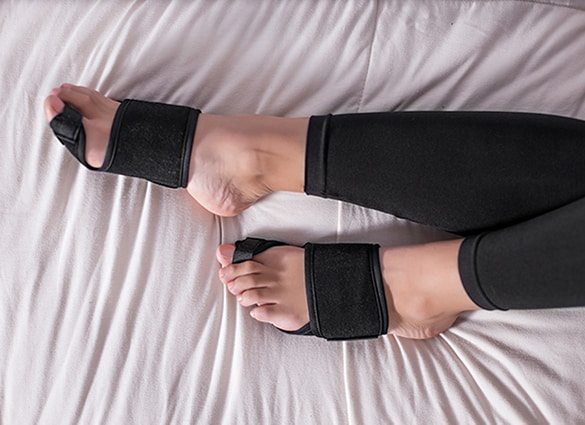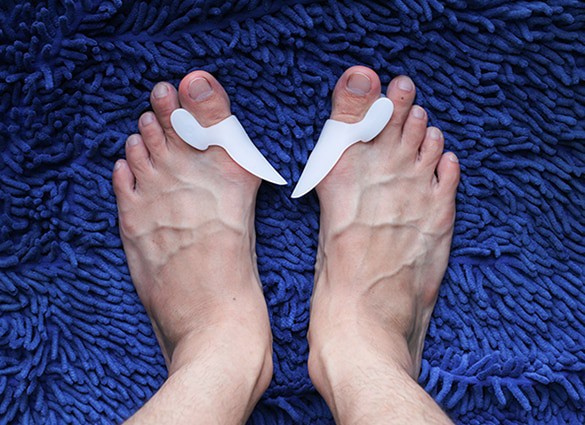
Should be treated as early as possible
Although bunions are much more common in adults, Podiatrists treat a surprising number of young children and teenagers suffering with bunions. A bunion deformity in a child is known as a Juvenile Bunion. Bunions in children are not normal and should be treated as early as possible. The treatment goal is to prevent the bunions from getting larger and to relieve any pain.
Bunions result in the big toe drifting towards the 2nd toe and a bony bump forms at the base of the big toe joint. Over time this joint often becomes arthritic, painful and finding shoes to fit becomes increasingly problematic.
Although bunions tend to run in families, it is the foot type that is passed down – not the bunion. Parents with poor foot posture can pass their problematic foot type on to their children, who in turn are then prone to developing bunions. The abnormal foot function caused by this faulty foot posture can lead to pressure being exerted on the big toe joint, often resulting in bone and joint deformities such as bunions, and hammertoes.
The medical name for bunions is Hallux Valgus.
Why do children get bunions?
Shoes rarely play a role in causing bunions in children. Instead, juvenile bunions are usually related to family inheritance. Often they are secondary to joint hypermobility (loose, floppy joints) and excessive foot pronation. When the child pronates excessively, it places excessive pressure on the big toe joint, preventing normal function.
Less often, juvenile bunions may be caused from juvenile rheumatoid arthritis or neuromuscular disorders (eg cerebral palsy) or low muscle tone (eg Down Syndrome).
Juvenile bunions are considered more serious than adult bunions, as there are more years available for the bunion to get worse and cause problems.
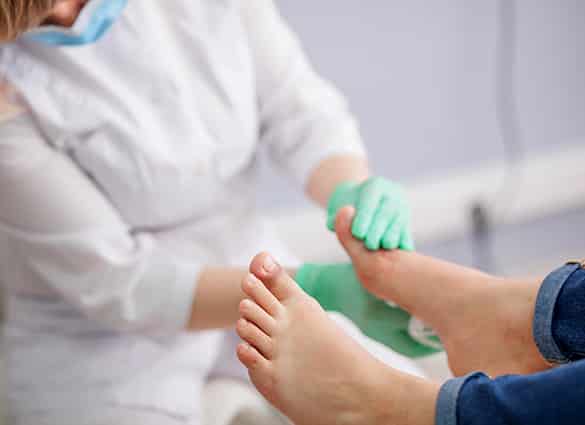
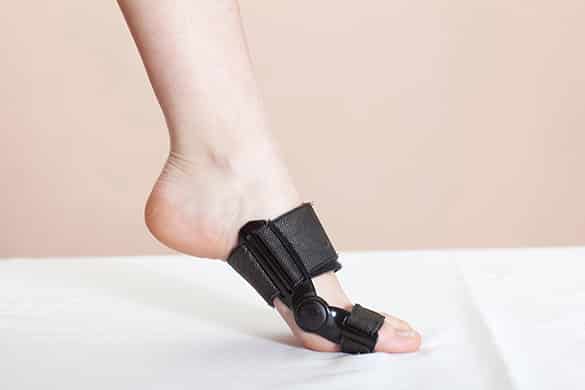
What are the symptoms of Juvenile Bunions?
In the early stages, juvenile bunions are usually asymptomatic. Oftentimes, a juvenile bunion is only noticed when the child presents to the Podiatrist because the parent is concerned about flat feet.
As the bunion deformity progresses, your child might complain of the following:
- a bony bump at the base of the big toe joint
- swelling, or sometimes redness, at the base of the big toe
- difficulties finding shoes to fit
- pain when walking or playing sport
- ‘flat feet’ or pronated foot type
- joint hypermobility (loose ligaments, floppy joints)
How are Juvenile Bunions diagnosed?
Your podiatrist will take a comprehensive medical history and perform a physical examination including a gait analysis. The assessment will include:
- foot posture assessment
- joint flexibility (or range of motion)
- biomechanical assessment of the foot, ankle and leg
- Beighton hypermobility score
- footwear assessment – looking for abnormal shoe wear patterns
- A plain x-ray may also be ordered to look more closely at the alignment of the joint.
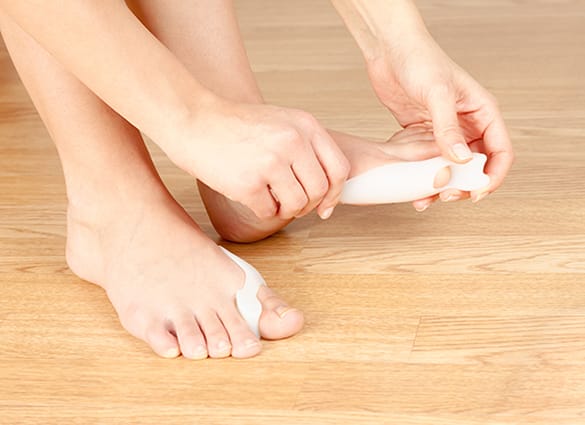
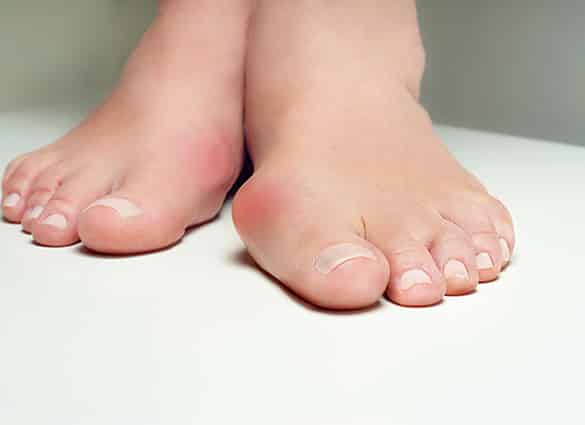
How are Juvenile Bunions Treated?
Identifying Juvenile bunions early is important. If juvenile bunions are left untreated, they tend to get larger and more painful, making it more likely that surgical intervention will be required.
Treatment options vary according to the severity of the bunion. The primary goal of most early treatment options is to relieve pressure on the bunion and slow down or stop the progression of the joint deformity.
The following treatment options may be recommended:
- Foot Orthotics: Foot orthotics are prescribed by your Podiatrist when the child’s foot posture is contributing to the development of the bunion deformity. Foot orthotics help to reduce the weight bearing pressure on the big toe joint and support the foot in a corrected position. Foot orthotics can be very helpful in reducing discomfort and slowing the progression of the bunion deformity.
- Footwear: It is important that the child avoid shoes with a narrow, or tapered, toe box. The shoes must have plenty of growing room so there is no pressure on the toes. The shoes should not have an elevated heel, as this will increase the pressure on the big toe joint.
- Bunion Night Splints: A night splint helps to realign the bunion joint and stretch out the soft tissues surrounding the joint by applying a small amount of corrective force overnight. The bunion splint is easy to attach to the foot and is used while sleeping and has proven to be very effective in many cases of juvenile bunions.
- Exercises: Your Podiatrist will provide advice on exercises to improve the mobility of the joint and to strengthen the small foot muscles that support your foot.
- Surgery: When early treatments fail or the bunion progresses causing pain and deformity, orthopaedic surgery may become necessary to relieve pressure and repair the damaged joint. Surgical correction of a bunion in a child is usually not recommended until growth of the bones is completed.
What should I do if my child has a bunion?
If you have a family history of bunions or you are concerned that your child might develop a bunion, contact us today for an appointment at our podiatrists in Brisbane Northside. Early identification and treatment of juvenile bunions can make a big difference to your child’s foot health.
